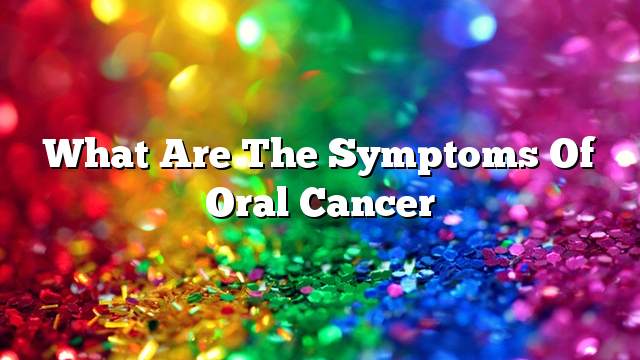an introduction
Cancer has spread very rapidly in recent times, which is one of the most common diseases that afflict humanity because it often leads to death, and that the infection is the largest and most severe torment that can be lived by any person in his life, the patient spends the rest of his life in suffering with this The disease can be defined in general as the number of tumors that arise within the body to infect the cells, and then grow and invade all parts of the body, to destroy the tissues and cells, and the most important to lead to cancer is the entry of carcinogens into the body and then multiply to become tumors Malignant all over the body.
The most common types of cancers are known as brain cancer, stomach cancer, breast cancer, colon cancer, leukemia, skin cancer, and oral cancer, which we will discuss in this article.
What is oral cancer
Oral cancer is a malignancy that attacks various parts of the mouth, including lips, tongue and surrounding area, inner area of the cheeks, and the area of the throat. Usually, this disease is preceded by early changes in the mouth. And is considered a deadly disease if detected early and diagnosed at an early stage.
As for people at high risk of infection, they understand:
- People who smoke too much and who chew tobacco regularly.
- People who drink alcohol.
- Persons over the age of 40, with the possibility of occurring before this age.
- Human mouth cancer affects humans regardless of whether their mouth is full of teeth or empty.
The symptoms of oral cancer are b
- The development of ulcers inside the mouth or on the lips or in the gums, so that these ulcers only heal after two weeks or more to get infected.
- White spots appear in the area of the oral cavity.
- The formation of tumors or lumps inside the mouth.
- Inability to tolerate foods with bitter and hot taste, such as spices.
- Sensation of numbness, bleeding or pain in the inner area of the mouth, without any known cause.
- The appearance of patches of brown or black color, sometimes accompanied by swelling or local injury, but this does not always happen.
- The patient suffers from deformation or paralysis of the tongue.
- Complaint of having trouble swallowing food.
